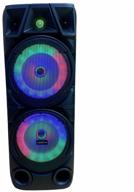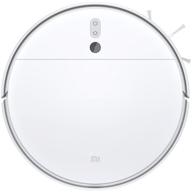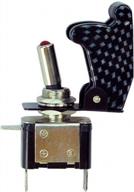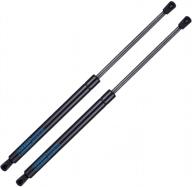
Review on SainSmart 101 70 103 16 Channel Relay Module by Joel Miranda

Great Relay Board
I use this board to power my electronic sign. The relay controls different light sources to create animations. First, the board doesn't come with documentation; So you probably need to go to secondary sources like YouTube (https://www.youtube.com/watch?v=CSs-he1Mk3k) to understand how the board works. Although functional, it's simple. A 12V 1.0A power supply is required to power the relay array, which I used with an Arduino Mega 2560 R3 board. Connect Arduino GND to the GND pin of the relay. Connect one or more Arduino output pins to the input pins of the relay input pins. The voltage flowing from the Arduino to the relay completes the circuit and returns to GND on the Arduino. You can reconnect the 5V pin on the relay to the Arduino's 5V power supply if you want the 12V->-5V relay to power the Arduino. This is good because you don't need to power the Arduino separately, but it doesn't have to be. You can easily test the relay board. Connect the 12V power adapter. Connect a wire from GND to one of the input pins. The indicator next to the appropriate relay switch should illuminate and an audible click should be heard. This will immediately tell you if the relays are working without having to connect an Arduino. I haven't tested the relay board with a Raspberry Pi; However, I believe everything *should* work just fine as long as the power supply and the voltage on the pins are stable. This device doesn't care who controls or manages it. There is one thing you should be aware of. Because they are essentially electrically controlled mechanical switches, there is an audible click when the relay turns on or off. If you have these things that keep turning on and off, they're going to be pretty loud. This is not a problem for me as my installation is on a sign (temporarily) outdoors; However, if you intend to use it indoors, beware of the noise. You might want to use a different technique (transistor, etc.).
- Switches and Relays
- Definitely Bad Product
New products
Comments (0)
Top products in 🔋 Switches & Relays

Gaming headset ASUS TUF Gaming H3 (90YH02AR-B1UA00) black-red

46 Review

Portable bluetooth speaker BT Speaker ZQS-8210 high power universal

35 Review

Xiaomi Mi Robot Vacuum-Mop 2 EU, white

82 Review

5-Pack 12V/20A Red LED Illuminated 3Pin HOTSYSTEM Rocker Toggle Switch SPST ON/Off Carbon Fiber Cover For Car Truck Boat Motorcycle

45 Review





